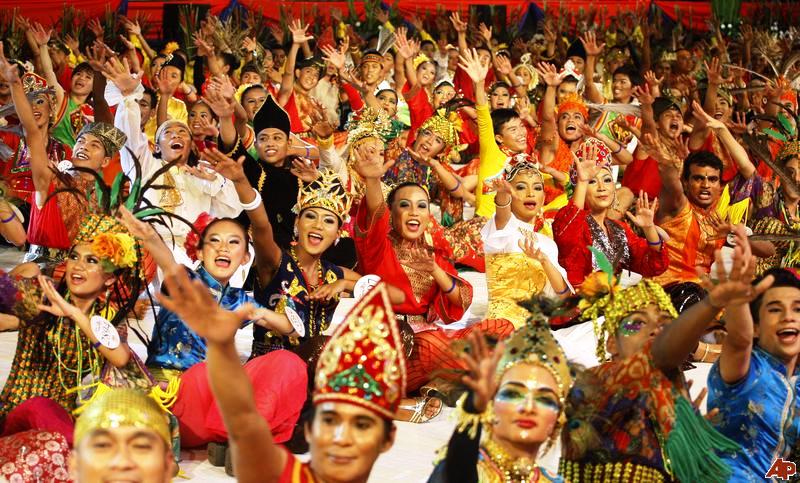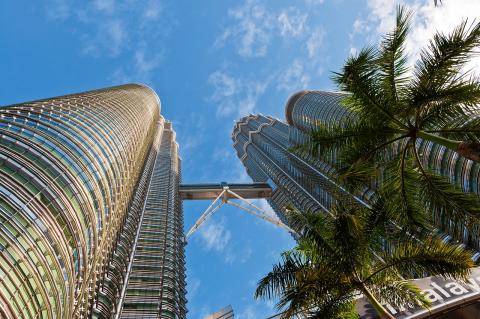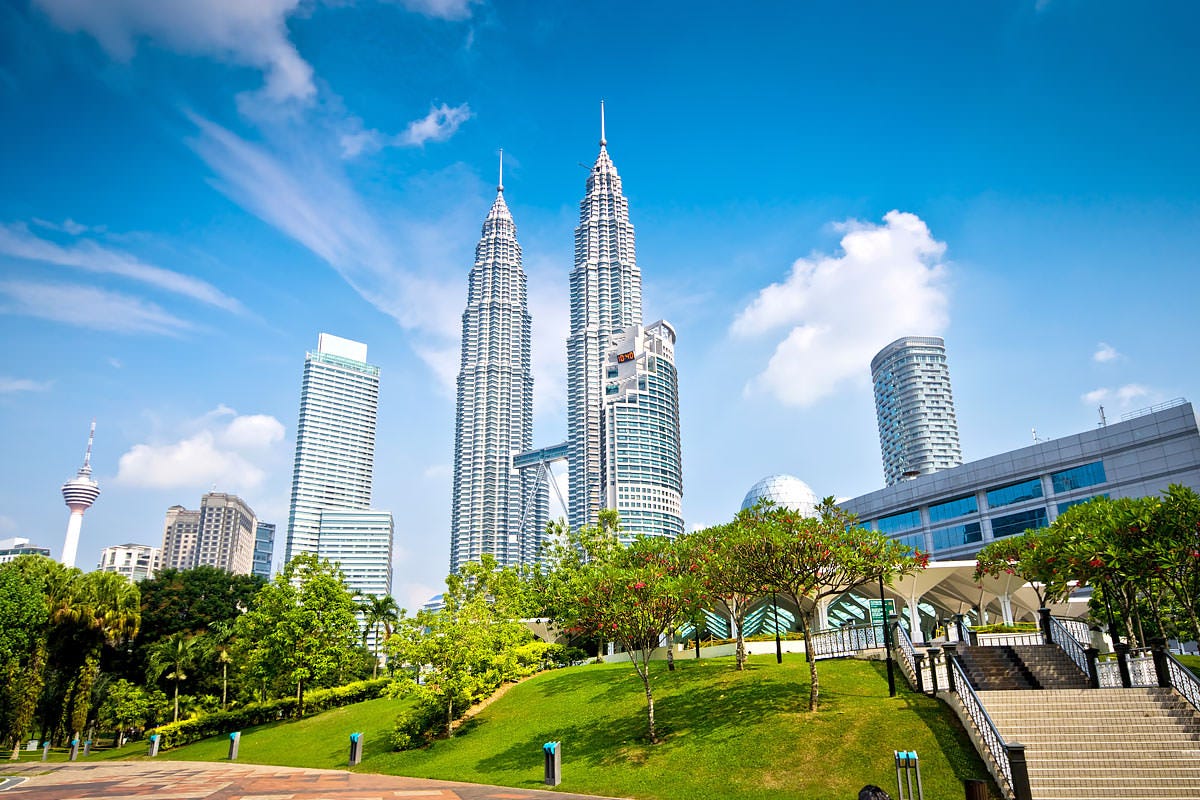Malaysia is a country celebrated for its rich cultural diversity, and this diversity is vibrantly showcased through its numerous festivals. These celebrations, rooted in the traditions of its various ethnic communities, offer a unique insight into the nation’s cultural fabric. Here’s a look at some of the major festivals in Malaysia, each reflecting the country’s multicultural heritage.
Hari Raya Aidilfitri
Significance
Hari Raya Aidilfitri, also known as Eid al-Fitr, marks the end of Ramadan, the Islamic holy month of fasting. It is a significant religious holiday for the Muslim community in Malaysia, celebrating forgiveness, fellowship, and gratitude.
Celebrations
The festivities begin with a special prayer at the mosque, followed by visits to the graves of loved ones. Families gather to enjoy a festive meal, often featuring traditional dishes like rendang, ketupat, and lemang. Homes are decorated, and it is customary to wear new clothes. Visiting friends and relatives, giving out “duit raya” (money packets), and seeking forgiveness from one another are integral parts of the celebration.
Chinese New Year
Significance
Chinese New Year is the most important festival for the Chinese community in Malaysia. It marks the beginning of the lunar new year and is a time for family reunions, thanksgiving, and setting intentions for prosperity and good fortune in the coming year.
Celebrations
Preparations for Chinese New Year include cleaning and decorating homes with red lanterns and auspicious symbols. The festival begins with a reunion dinner on New Year’s Eve, featuring dishes like yee sang, dumplings, and steamed fish. Fireworks, lion and dragon dances, and the giving of “ang pow” (red envelopes with money) are key highlights. The festival lasts for 15 days, concluding with the Lantern Festival.
Deepavali
Significance
Deepavali, also known as the Festival of Lights, is celebrated by Hindus in Malaysia. It symbolizes the victory of light over darkness and good over evil, commemorating the return of Lord Rama to his kingdom after a 14-year exile.
Celebrations
Homes are cleaned and decorated with oil lamps (diyas), colorful rangoli, and flowers. The festival begins with a ritual oil bath followed by prayers and offerings at the temple. Families gather to share festive meals, featuring traditional Indian sweets and savory dishes. Fireworks and the exchange of gifts add to the joyous atmosphere.
Hari Gawai
Significance
Hari Gawai is celebrated by the Dayak community in Sarawak to mark the end of the rice harvest season. It is a time of thanksgiving and festivity, honoring the spirits and seeking blessings for a bountiful harvest.
Celebrations
The festival begins with a traditional ritual called “miring,” where offerings are made to the spirits. This is followed by feasting, drinking tuak (rice wine), and performing traditional dances like the ngajat. Homes are open to visitors, and there is a strong sense of community as people come together to celebrate.
Thaipusam
Significance
Thaipusam is a Hindu festival dedicated to Lord Murugan, celebrating his victory over the demon Soorapadman. It is a time for penance, thanksgiving, and the fulfillment of vows.
Celebrations
The most prominent Thaipusam celebrations in Malaysia take place at the Batu Caves in Selangor. Devotees carry kavadis (burdens) as acts of devotion and penance, which can include piercings and carrying pots of milk. The festival is marked by a grand procession, chanting, and traditional music.
Christmas
Significance
Christmas is celebrated by the Christian community in Malaysia to commemorate the birth of Jesus Christ. It is a time of joy, love, and giving.
Celebrations
Homes and churches are adorned with Christmas trees, lights, and nativity scenes. The celebrations include attending midnight mass, singing carols, and exchanging gifts. A festive meal is shared with family and friends, often featuring roast turkey, cakes, and other delicacies.
Wesak Day
Significance
Wesak Day is the most important festival for Buddhists in Malaysia, commemorating the birth, enlightenment, and death of Buddha.
Celebrations
The day begins with prayers, meditation, and offerings at Buddhist temples. Rituals include bathing the Buddha statue, releasing captive animals, and acts of charity. Processions and cultural performances also take place, spreading messages of peace and compassion.
Conclusion
The major festivals of Malaysia reflect the country’s rich cultural and religious diversity. Each festival brings a unique blend of traditions, rituals, and communal spirit, offering a glimpse into the harmonious coexistence of Malaysia’s various ethnic groups. Celebrating these festivals not only preserves cultural heritage but also fosters unity and mutual respect among Malaysians.





